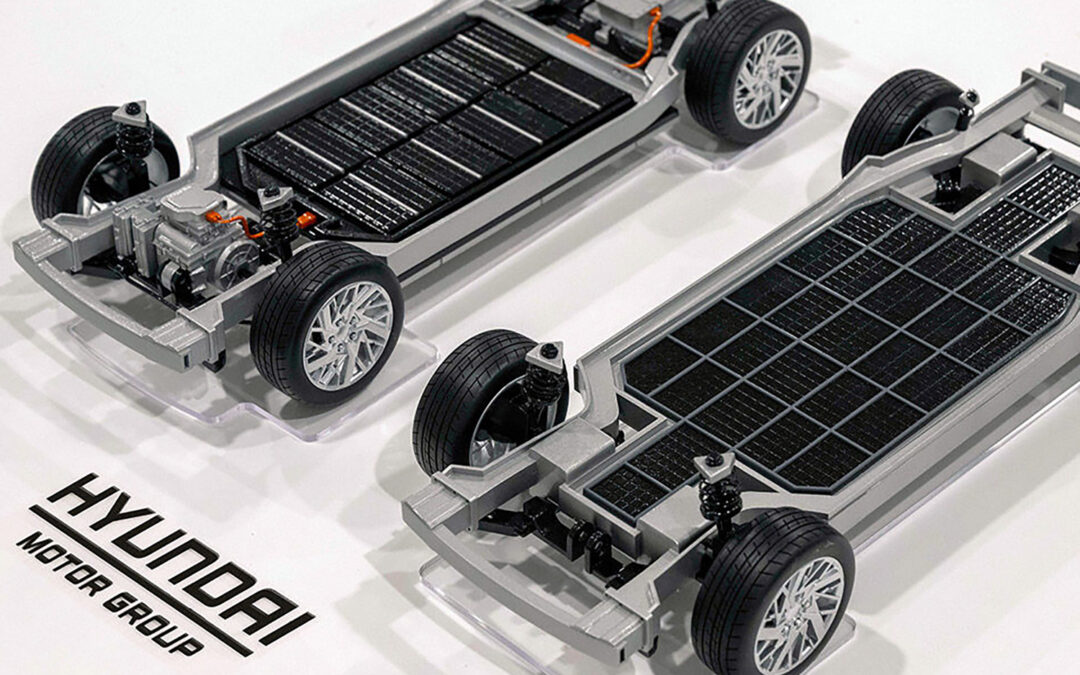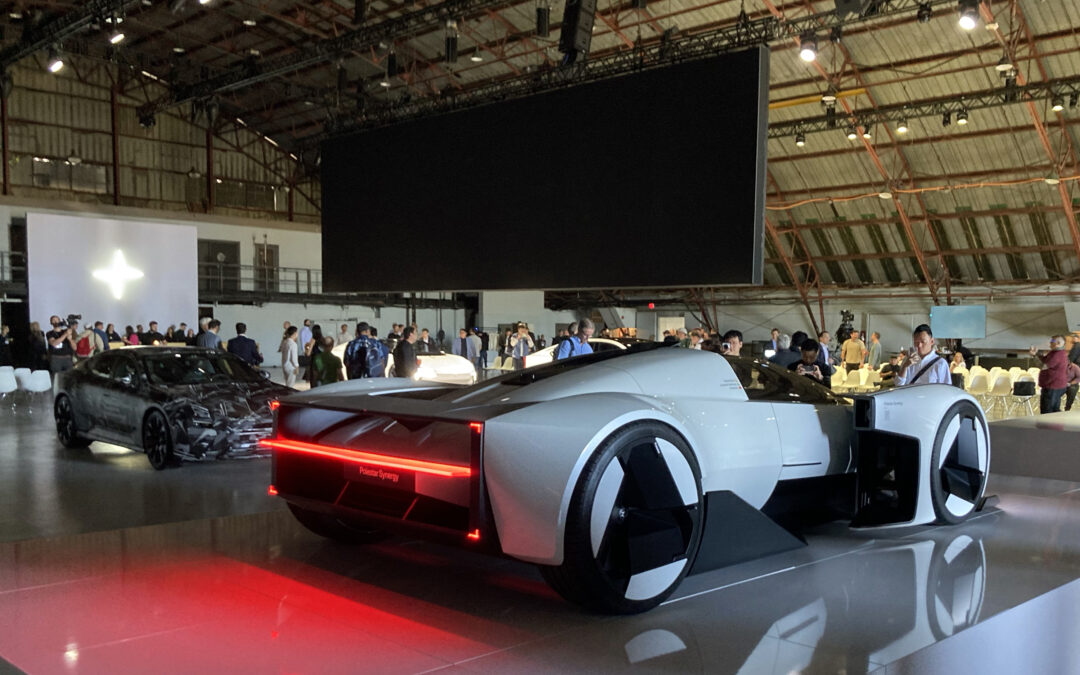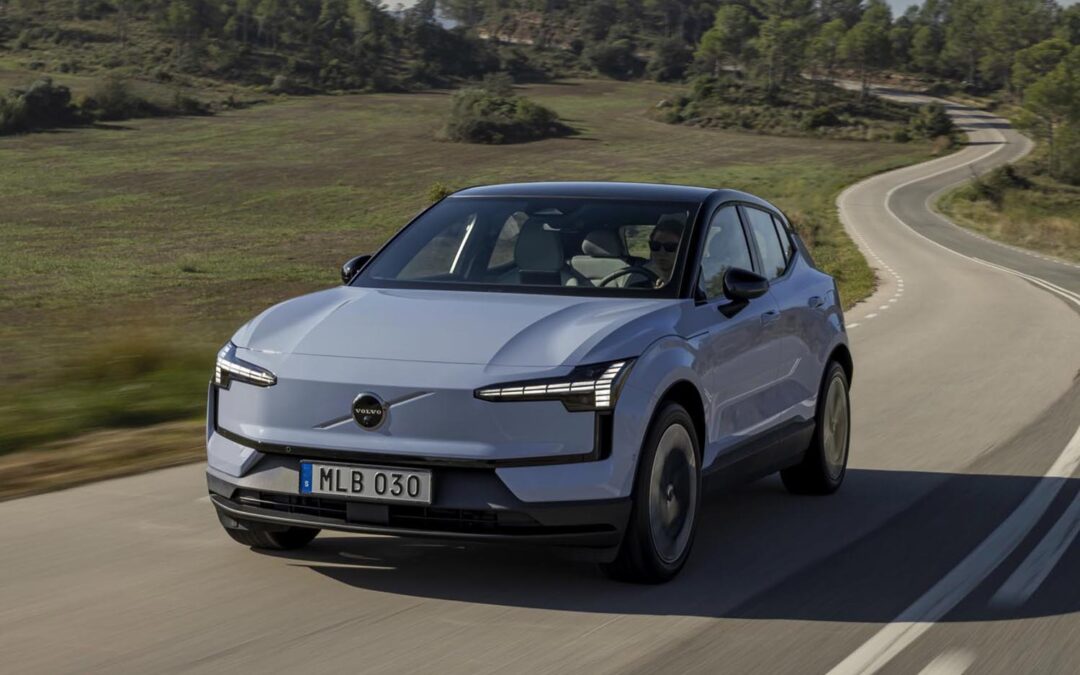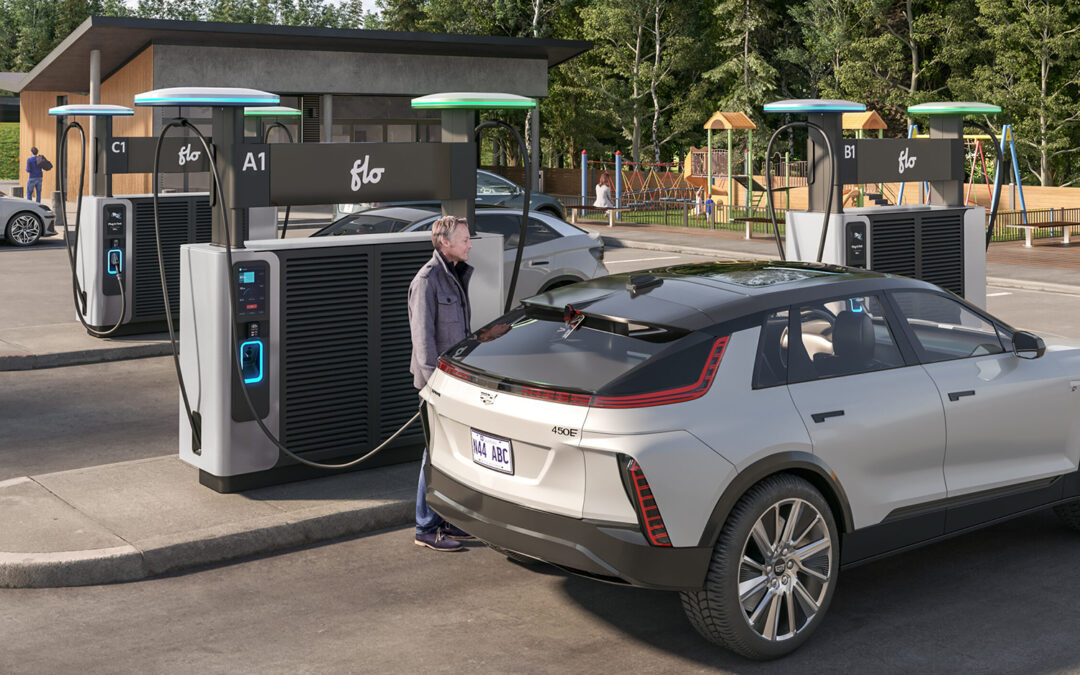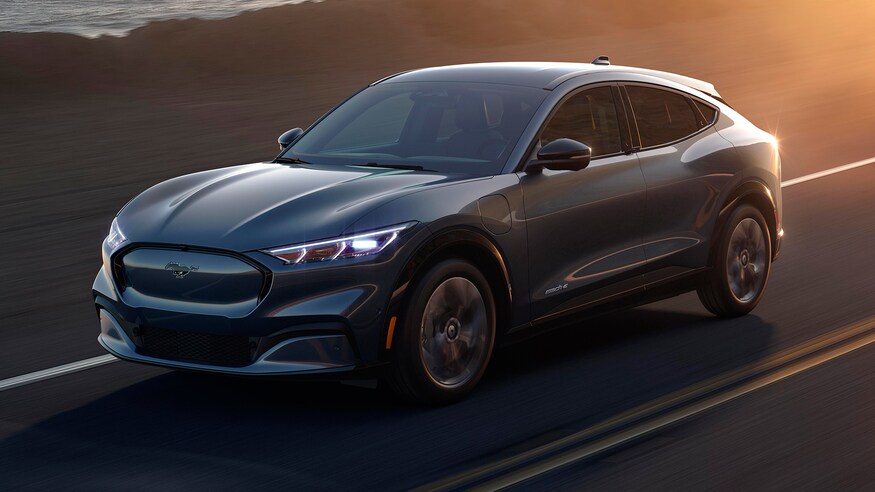News broke late last year that an all-electric Bugatti will not be appearing any time soon, company CEO Mate Rimac stating that, because the likes of fellow big-hitters Ferrari, Rolls-Royce and Bentley were going the EV route, Bugatti would not. “If comparable, it is no longer Bugatti,” he said. Focus instead will now be on more exclusive models.
Of course, this is not the first time production plans have been cancelled for an upcoming EV. Far from it, in fact. Here are five planned electric vehicles that just didn’t make it to production.
Aston Martin Rapide-E
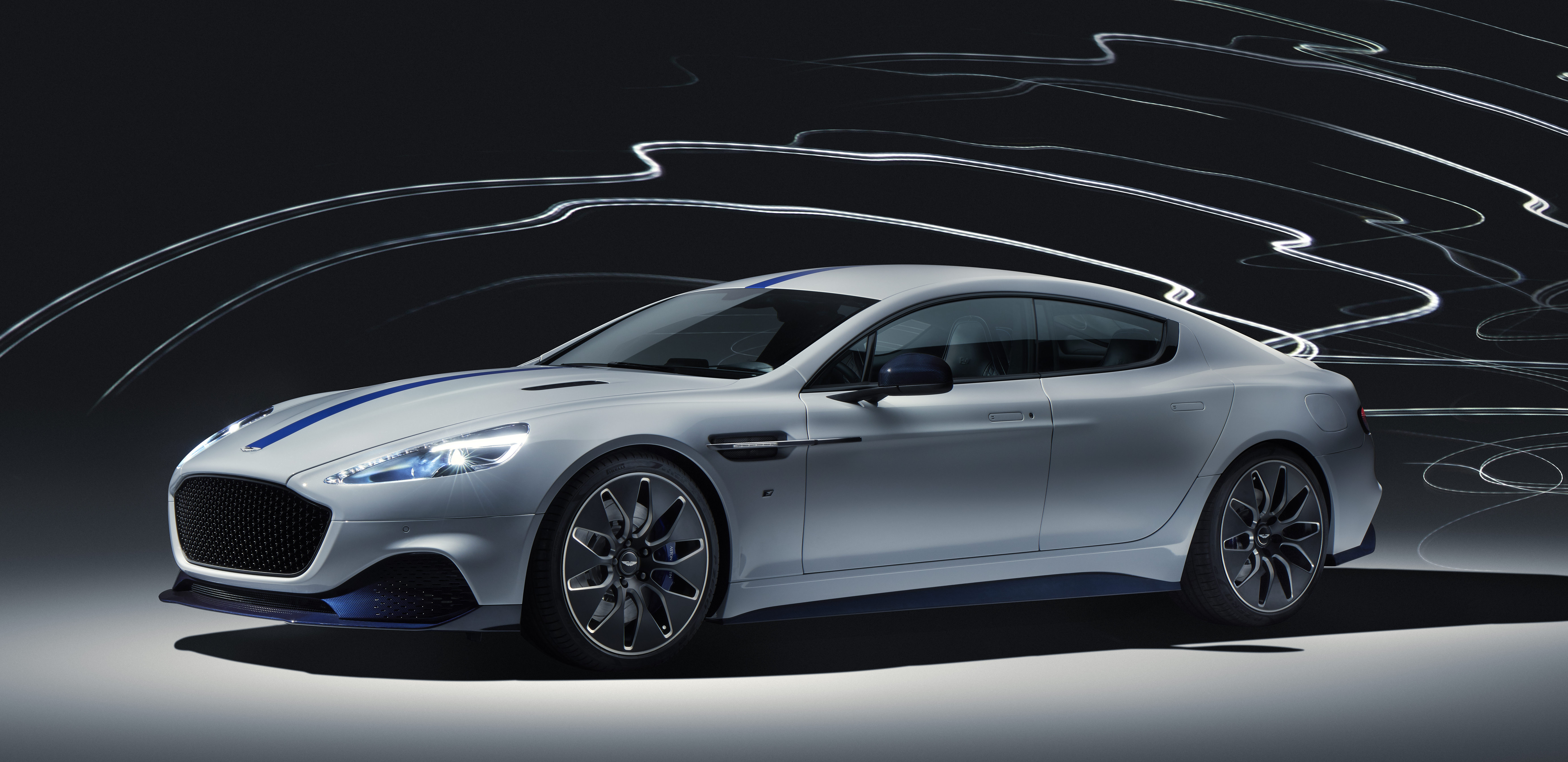
Aston Martin Rapide-E
Plans for “the world’s first super-luxury electric vehicle” had been rattling around Gaydon since the arrival of Dr Andy Palmer as CEO – the ‘face’ behind the Nissan Leaf, no less – in 2014. So it was no surprise when the Rapide-E finally made its long-awaited debut at the Shanghai Motor Show in 2019.
Based on Aston’s most “serene” model – the Rapide S – the production-ready EV was cosmetically similar to the ‘RapidE’ concept that had debuted four years earlier, albeit with a few more aero-conscious tweaks. Beneath the carbon fibre/Kevlar encased 800-volt architecture for example lay a completely flat underfloor – the exhaust system having been removed entirely – that streamlined airflow from the front splitter to the rear diffuser. This, combined with more ‘slippery’ bodywork to reduce drag and aerodynamic aluminum alloys shod with low-resistance Pirelli rubber, meant the Rapide-E was said to be 8 per cent more aero-efficient than its base model.
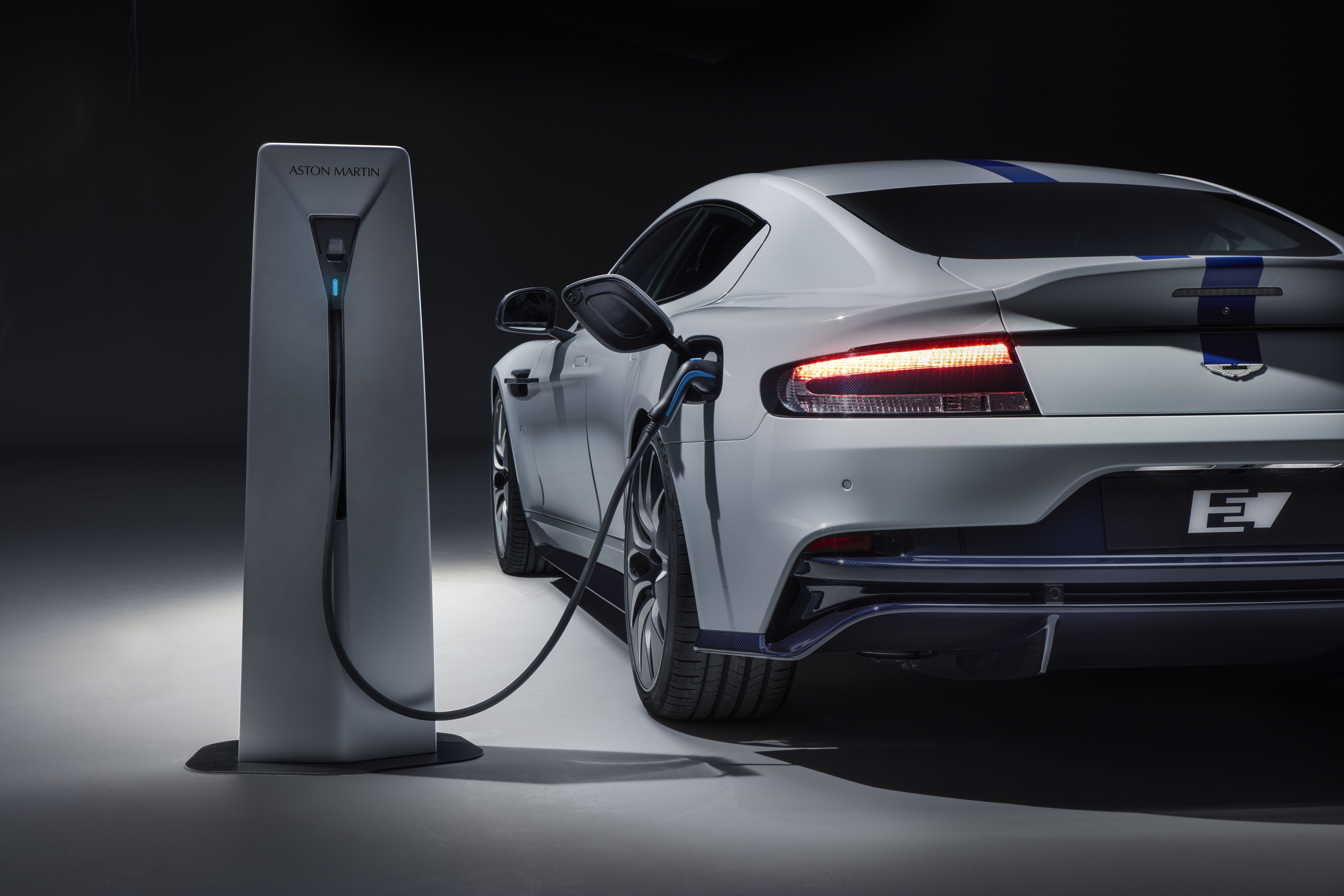
Aston Martin Rapide-E
Behind the honeymesh front grille lay a 65 kWh lithium-ion battery mated with two rear-driving e-motors, the 550 hp 6-litre V12 having also been ditched. A combined 602 hp and a 701 lb-ft – the highest torque output of any Aston road car in history – was an appreciable alternative though, proving hearty enough for a sub-four-second 0-100 km/h and a 250 km/h limited top speed. Claims were even made of real-world performance akin to the devastatingly quick DBS Superleggera. Range? A solid “over 200 miles” (320-ish km).
Despite production being “strictly limited” to 155 examples however, a turbulent sales year in 2018 and Covid just around the corner meant production was officially shelved in January 2020, the e-sedan instead being redeployed as a “research project” for the company’s electrification plans. Back at Gaydon, focus quick turned to the DBX SUV on which Aston now pinned all hope of escaping its financial quagmire.
Jaguar’s electric XJ
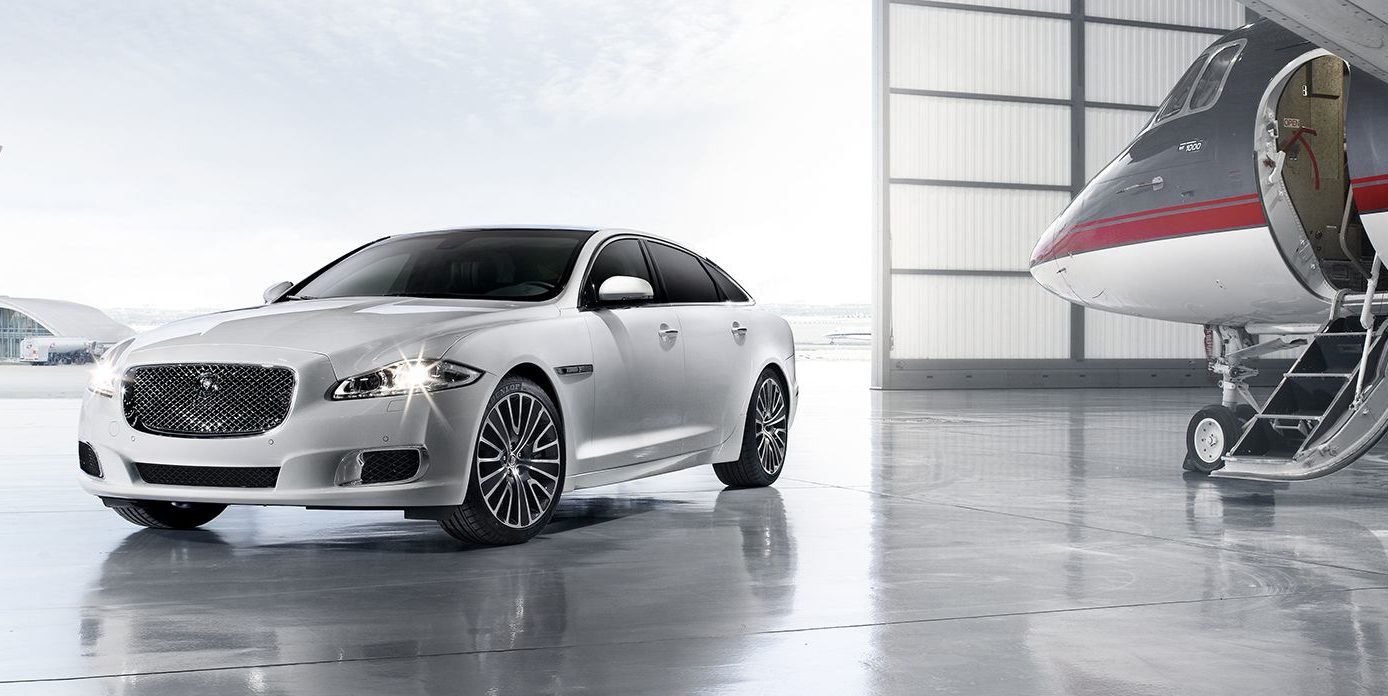
Jaguar XJ
Man alive, Jaguar got so close with this one.
A figurehead of Jaguar Land Rover’s aim to offer electrified versions of all its vehicles from 2020 onwards, an electric XJ was the first of a planned six new EVs announced in July, 2019. It made sense: production of the ‘X351’ generation had ended just days prior, and what better way to celebrate a new company era than with a pioneering take on a nameplate that, even by then, had been going for more than half a century.
Development of Project X391 was overseen by the same team behind the I-Pace e-SUV. Production was confirmed, and “several thousand jobs” thus safeguarded, at Jaguar’s Castle Bromwich plant, a stone’s throw from a proposed – cough, with government funding, cough – giga-scale battery production plant. The MLA platform at its base wasn’t EV-dedicated, granted, but would be flexible enough to support hybrid powertrains and help Jaguar get the jump on yet-to-be electric successors to the BMW 7 Series and Mercedes S-Class.
Almost on the eve of its planned 2020 debut though, the plug was pulled on the electric XJ less than a year before its launch date, despite development having reportedly been completed.
What went wrong? Poor sales for the XJ didn’t help – Jaguar shifted just 1,579 XJs in the US in 2018 – nor did the arrival of Covid. On top of that, the firm’s electrification strategy – fittingly re-named ‘Reimagine’ – took a sharp left turn when then-new CEO Thierry Bolloré declared Jaguar would instead go all-electric by 2025, doing so with a brand-new line-up of vehicles to “realize its unique potential.” Bar one image teased during the launch of the Land Rover Defender at that year’s Frankfurt Motor Show, no official shots of Project X391 were ever released.
Ironically, this wasn’t the first time an electrified XJ had failed to cross the finish line. A zero-carbon research XJ was unveiled in 2010 complete with a 145 kW electric motor and a Lotus-designed three-cylinder generator. Two years later, the “ultra-low carbon” plug-in hybrid XJ_e concept showed up at Goodwood, though production was never on the cards.
The Rivian-Lincoln project
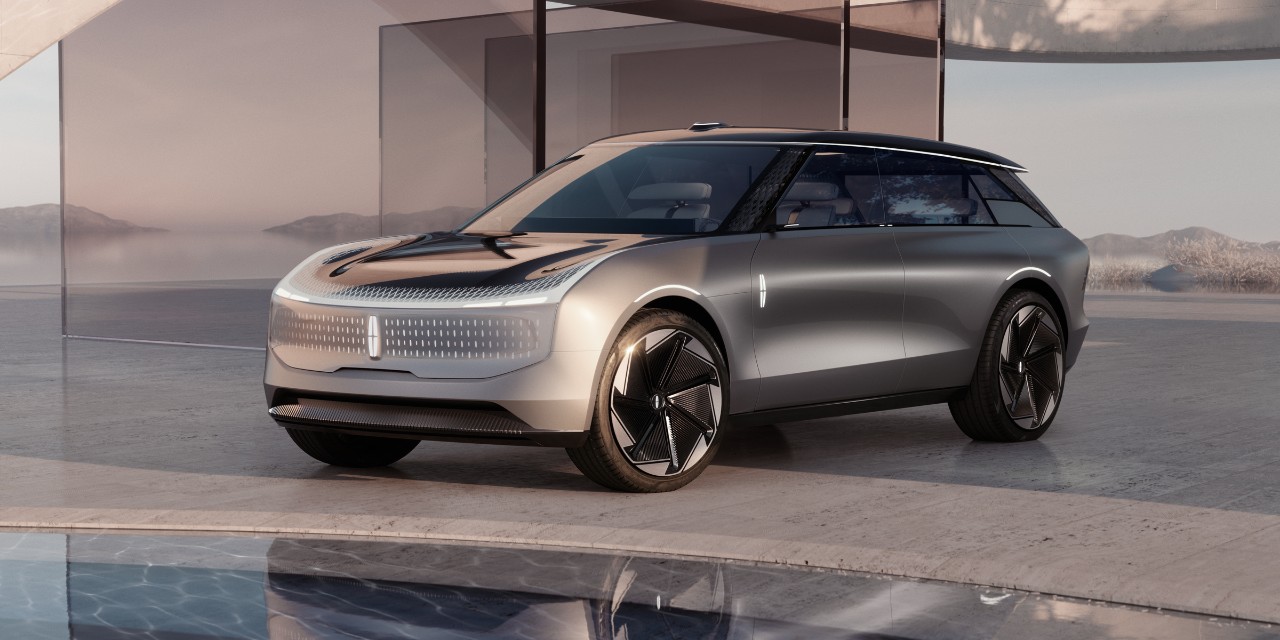
Lincoln Star Concept
Blink for long enough, and you probably missed this completely.
In January 2020, Lincoln issued a statement that its first all-electric vehicle would be produced in collaboration with Rivian Automotive, using the latter’s ‘skateboard’ chassis as its base. A key part of Ford’s “more than US$11.5 billion” investment into electrification as well as the Blue Oval’s US$500 million buy-in to Rivian, the new EV would combine the California brand’s technology with Lincoln’s ‘Quiet Flight DNA’ (luxury, comfort, sanctuary, etc etc).
And… well, as far as official details went, that was pretty much it. No official launch date was provided, though many expected Lincoln first full EV would join its plug-in hybrid Aviator and Corsair by 2022. A Rivian platform suggested a 700-plus hp quad-motor setup – à la the R1S SUV and R1T pick-up truck – meaning one e-motor per wheel for independent torque delivery and a ‘smart’ battery management system that adapted to driving habits. Others, meanwhile, speculated dual-motors to prioritize range and a Cadillac Lyriq-rivalling 500 hp as more likely.
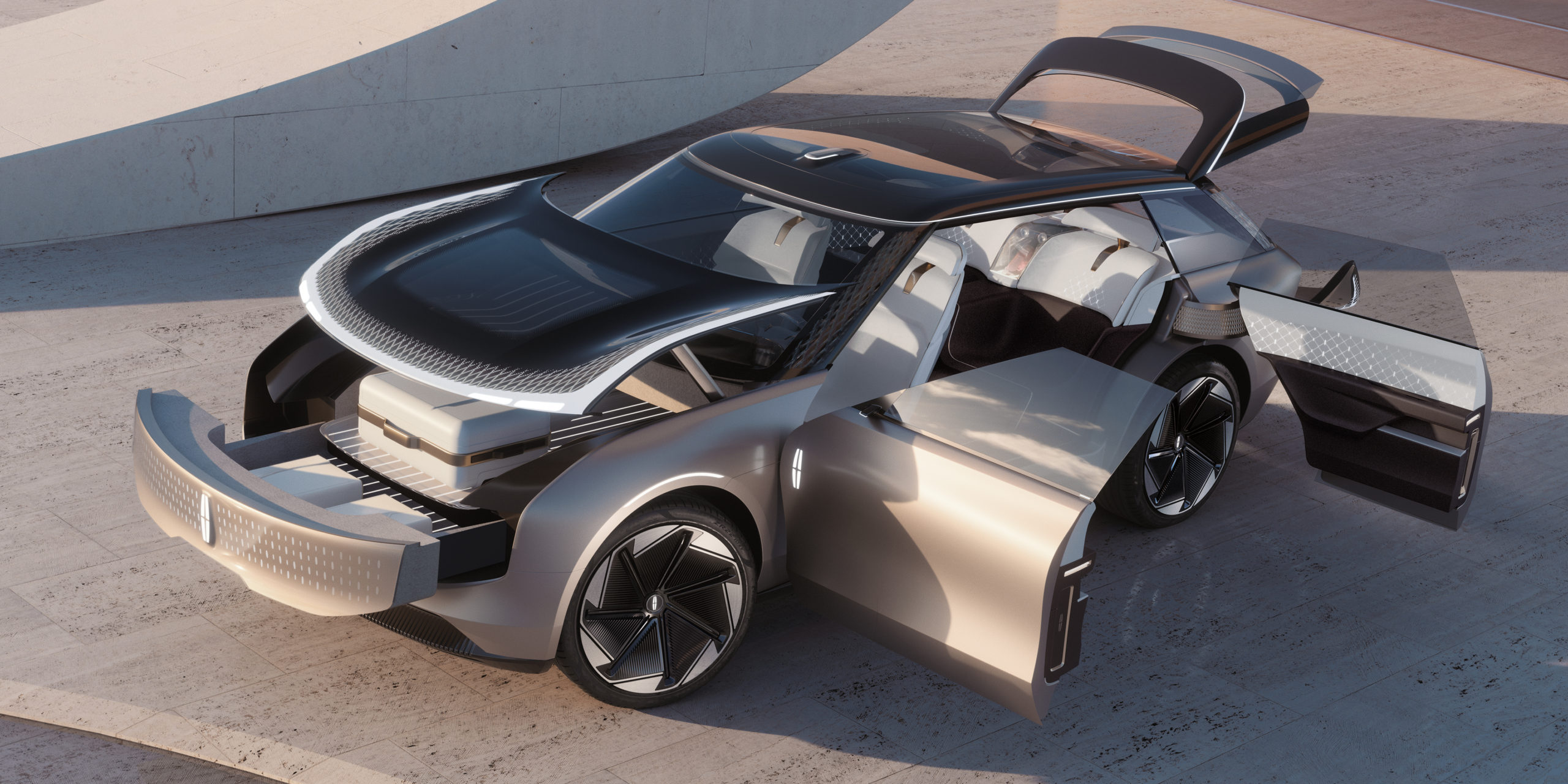
Lincoln Star Concept
Four months later, the project was already dead, Lincoln citing the sizeable effects of Covid as reason enough to pull the plug. The premium marque was adamant though that future plans “will include an all-electric vehicle,” corroborated by the arrival of the Star EV concept two years later. Which, incidentally, sat on an EV-dedicated, Ford-developed architecture due to be officially launched in 2025. So don’t expect that Rivian alliance to be revived any time soon.
Morgan EV3
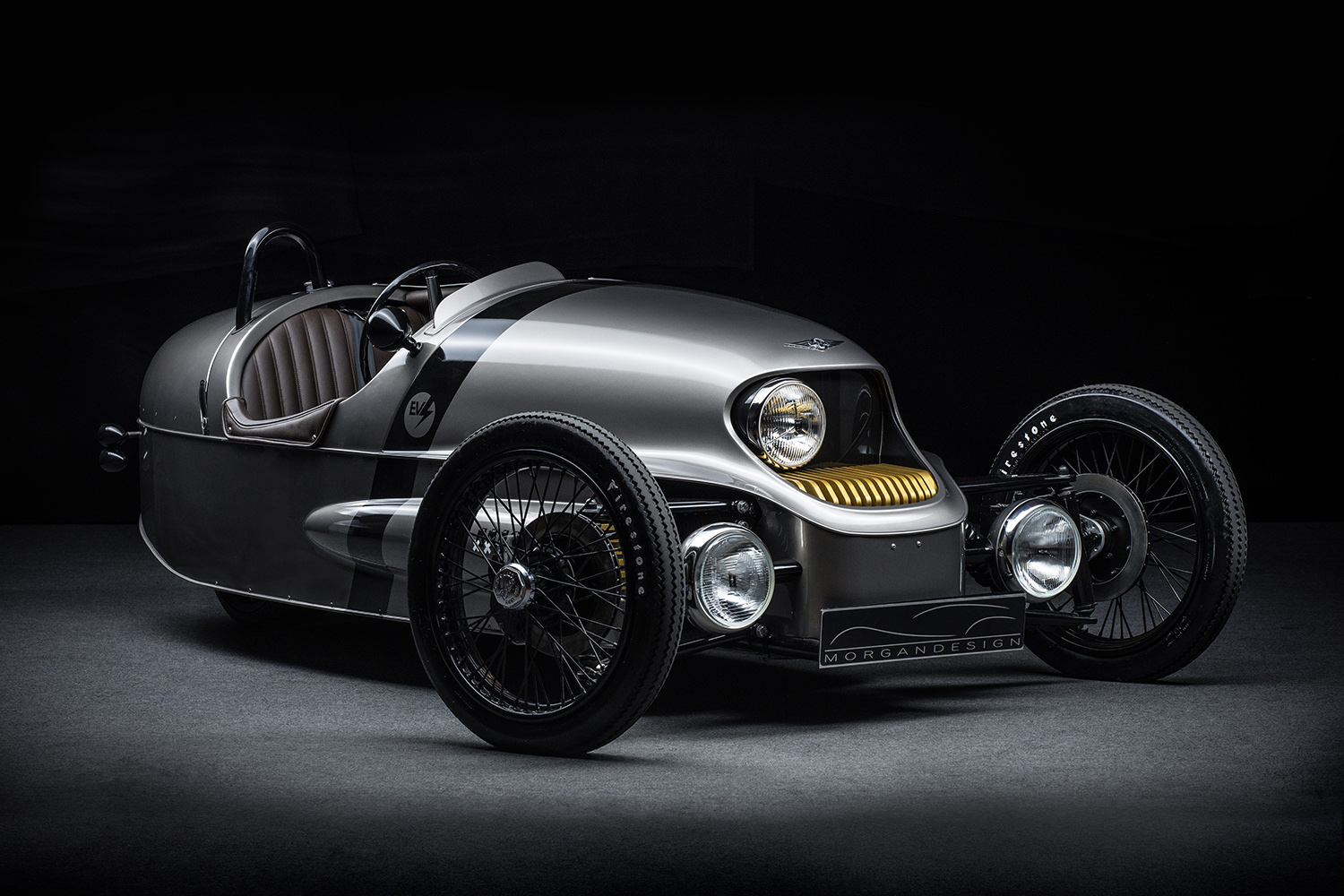
Morgan EV3
Yep, even Morgan, the most ‘cottage-industry’ carmaker of them all, briefly set its ash wood frames aside – metaphorically at last – to dabble in the world of zero emissions.
Having previously collaborated with British independent Zytek on the electric Morgan +E in 2011, Morgan later pulled the silks off the EV3, an electric alternative to its ubiquitous Three-Wheeler, at the 2016 Geneva Motor Show. And, far from a motor show headline-grabber, the plan was very much to put the EV3 into production in the fourth quarter of 2016 “priced comparably to the petrol 3 Wheeler.”
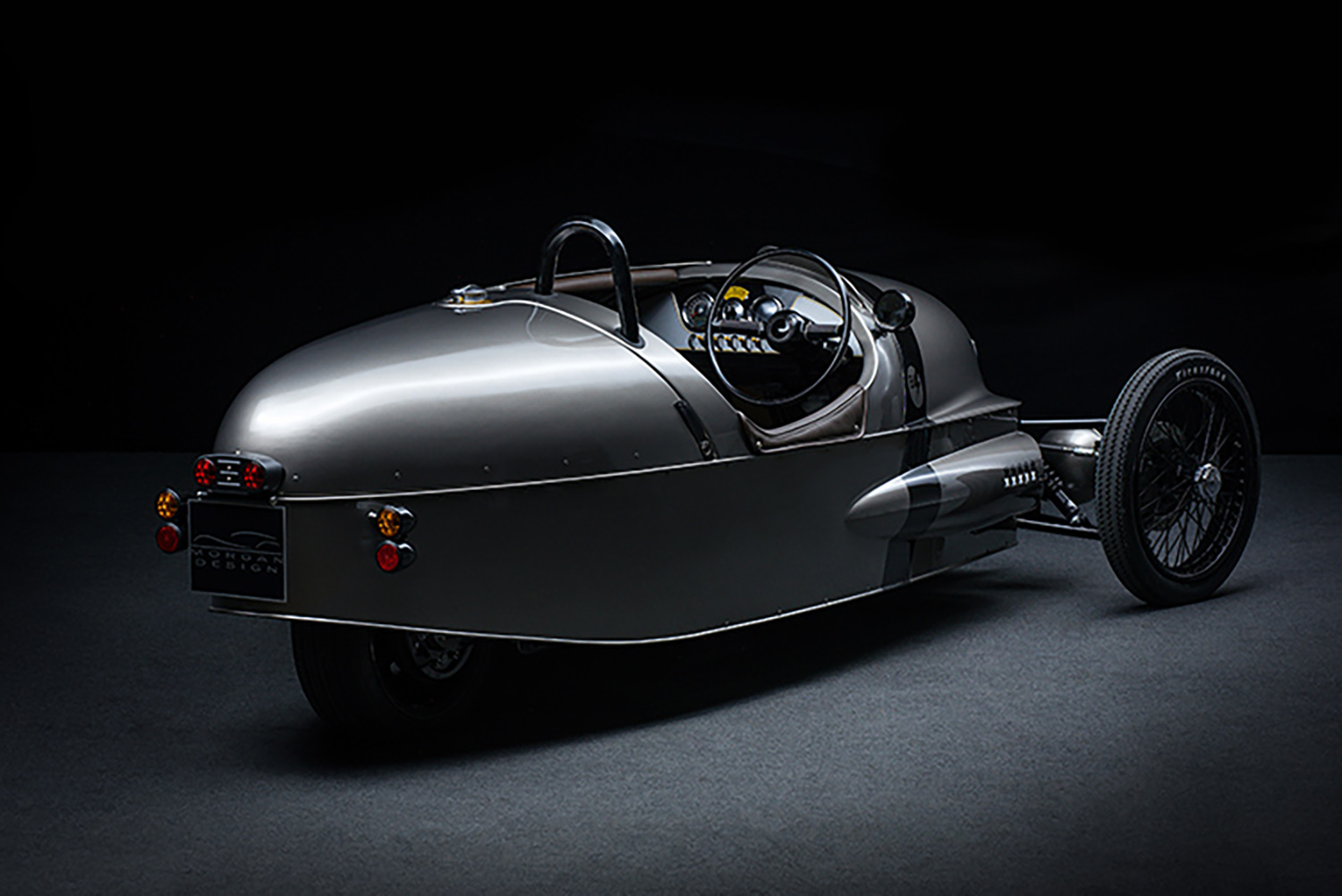
Morgan EV3
In place of the traditional air-cooled V-twin motorcycle engine sat a liquid-cooled e-motor, mated with a 20KWh Lithium Battery, that sent 47 hp to the rear wheel. This was later upped to 56 hp in 2017 thanks to a new 21 kWh battery, though, ironically, the estimated 240 km range sagged back to 195 km.
A traditional wood ash frame was wrapped around a tubular spaceframe chassis, but carbon composite build bonnet, tonneau cover and side pods helped cap the kerb weight at less than 500 kg. With no engine at the front (the e-motor was mounted behind the seats), the ‘face’ now boasted a vintage motorbike-inspired tri-bar headlamp and brass cooling vanes. Even the cockpit featured a digital screen – unthinkable! – mounted next to a re-designed ‘magneto’ drive selector.
Unfortunately, a falling out between Morgan and technical partner Frazer-Nash meant the EV3 was put on infinite hiatus in 2018 before being cancelled altogether in 2020. Still, while the EV3 ultimately didn’t go the distance – just as well, given that Kia would probably have had one or two words regarding those naming rights – Morgan remained “absolutely committed to an electric future,” with many speculating that the new aluminium chassis at the heart of the brand’s new-for-2021 Plus 6 was in-part designed to support an electric drivetrain. Let’s also not forget that Morgan appointed its first-ever Head of Electrification last November.
The Dyson
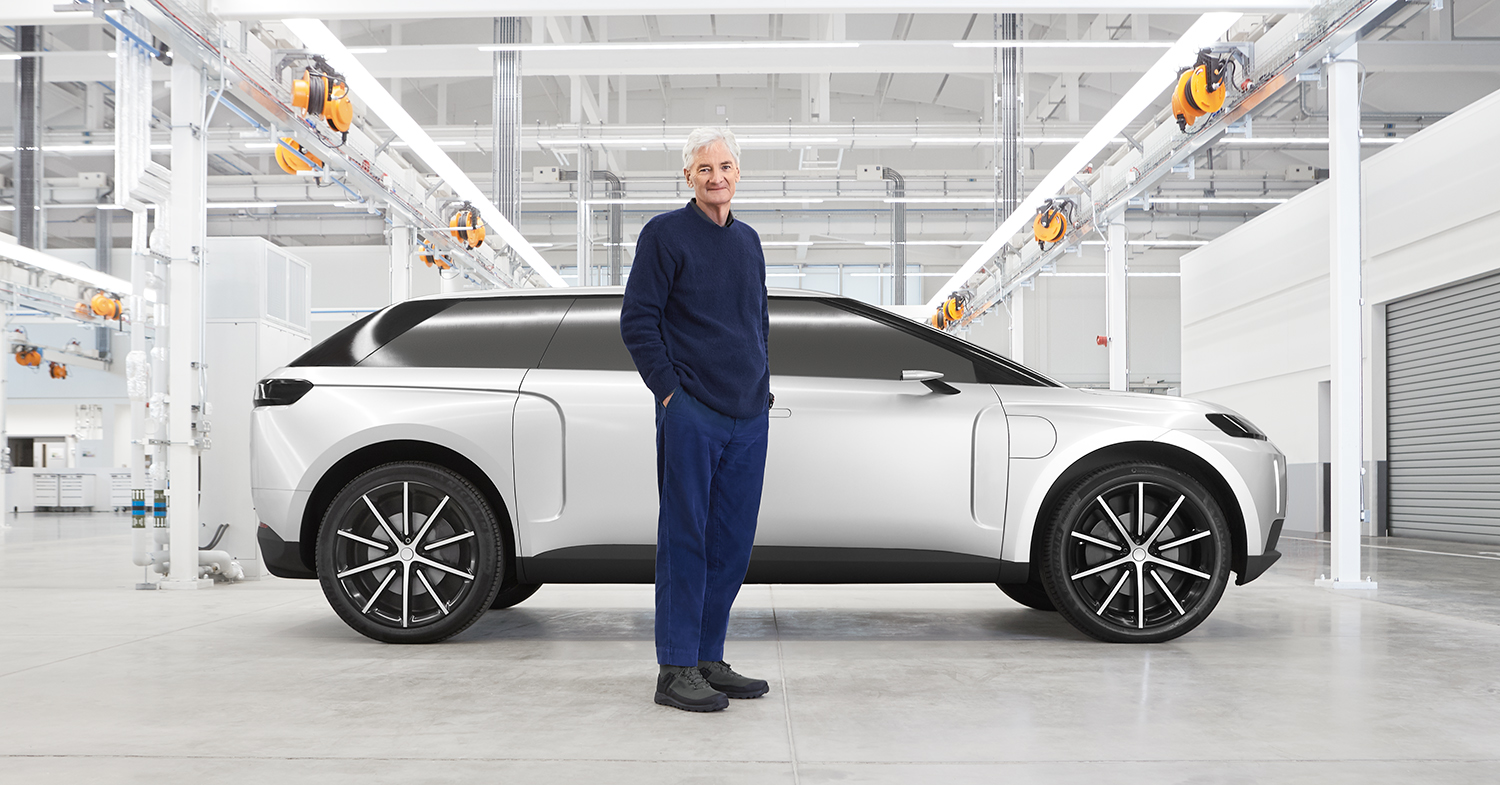
James Dyson and Car
Five hundred million dollars.
No no, read that again. $500 MILLION was hoovered up (sorry) by vacuum magnate Sir James Dyson’s maiden automotive project before it was cancelled. And that was just a quarter of the £2.5 BILLION (around $3.87 billion CAD) that had been pumped into the electric car project to that point.
Conceived in 2014 (in-part by his company’s expertise in electric motors and the science of air management), plans to build a $1 billion solid-state battery development facility in the US were already in the works when Dyson purchased a vacated UK Ministry of Defence airfield in 2017 for Dyson Automotive’s new EV R&D base. At which the first prototype – ‘N526’ – would be developed before a planned 5,000-unit production run was moved to another expanding facility in Singapore.
Built from the ground-up, Dyson’s EV sat upon a universal aluminium platform (two further EVs were also planned) in which sat two, Dyson-designed 246 hp e-motors and a 150kWh lithium ion battery. The latter was so huge it took up most of the underfloor, but admittedly increased body rigidity and produced an estimated 600-mile / 960-plus km electric range. Long term, the replacement SSBs would also do something about the 2,600 kg kerb weight.
While the aerodynamic bodywork wasn’t too ground-breaking, the enormous 24-inch wheels were: their sheer size meant lower rolling resistance, and being mounted in each furthermost corner opened up cabin space for three-row seating. Sculpted, ergonomic seats replaced cookie-cutter “1930s armchairs,” and ‘zoning’ climate control was deemed a more efficient way to heat or cool each occupant. A hologram-like display was even planned to replace the conventional head-up display.
Sadly, in developing a “technology-based car,” Dyson Automotive wildly underestimated the investment required: each Dyson EV would need to sell for upwards of $182K just to draw even, a figure proposed rival Tesla could easily undercut. Despite adamantly praising the project as “not a product failure,” Sir Dyson was forced to pull the plug in October 2019 on a project he “simply cannot make… commercially viable.”
Fun fact, the influx of engineering talent was moved to other R&D projects, while Dyson’s airfield was refurbished to produce Covid-19 ventilators in early 2020.

